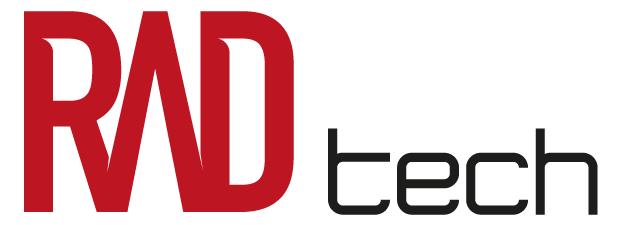We Can provide You with Meteorological Towers and Masts up to 250m Hub Height
Meteorological Towers and Met-Masts for Wind Resource Application
Initially in the contemplated wind development project, a wind assessment mast or tower is needed to provide one- or two-years wind data. The towers or masts are used to collect not only wind data, but also other met parameters such as temperature, humidity, barometric pressure, precipitation, etc. Normally these towers and masts are as high as the contemplated turbine hub-height of the WTGs that will be installed on site, which could be of 80 to 140m. (In Germany and Scandinavia, even higher)
The wind yield at the hub height will be analyzed at the correct elevation using one of the available analysis tools like WASP.
If after a deep study of the energy content that can be provided by the wind analytic, the wind farm construction project can commence.
One or more permanent met towers are erected, depending on the development size to confirm the efficiency of the turbines, so called PPM (Power Performance Measurement)
RADTech and CarlC specialize in providing self-supporting met towers up to 187m and guywire met-masts up to 250m tailored for the renewables wind industry either for prospecting or permanent deployment. Our towers and masts are either of triangular or square profile lattice constructions. Unique feature of the square profile version masts with 600 x 600mm side as it offers internal climbing access, often eliminating the need for a fall arrest system. (Man-hole entry/exit sections available)
These towers and masts are uniquely optimized to minimize flow distortion through the use of solid rod steel members, strategically adjusted lattice density, and minimized flange connections. The result is an elegantly slim design, ensuring optimal wind measurement and the least possible flow distortion. (Ct-Value)
Towers and masts are secured to concrete or raft foundations. A standout feature of our self-supporting towers is their full assembly on the ground at their complete length. Freestanding towers up to 90m are lifted into their final position in one single lift using a mobile crane, significantly reducing crane rental expenses. During assembly, we employ a smaller crane or telehandler to unload the mast sections and members upon delivery for placement prior to assembly.
For the erection of guy-wire masts, sections can be sequentially assembled with the assistance of a mobile crane or by employing a dedicated jib stick and ground-based winch system to hoist sections upwards, 3m at the time.
We highly endorse Limpet's innovative remote controlled winch systems for mast erection, incorporating direct mechanical interface to our Series B450 masts.

Furthermore, offshore met towers are typically pre-assembled dockside before shipping for installation on platforms. See below pictures form East Anglia Array Offshore Wind farm, met towers, assembled in port before shipping to site.


Unique extensive experience of meteorological tower design and manufacturing
Confirmatory design to IEC61400-1-12 Ed2
Low flow distortion (Ct-Value) due to slender steel members/flange connections
Low flow distortion due to high lattice porosity
High level of corrosion protection, well in excess of ISO 1461 requirement
Comprehensive manufacturing record for the produce
Comprehensive production and administrative quality assurance program such as EN 3834-2, EN1090-1, EN1090-2 for welded structures to Execution class 4.
Extensive foundation design and support, adhering to site conditions
Overarching production management system guarantee delivery on time
Instrument support booms adhere to 0.5% or 1%.
Instrument mechanical interface provided for every conceivable instrument, be it mechanical anemometer, ultrasonic anemometer, etc.
Bracketry available for ‘non wind’ instruments such as pressure sensor, rel humidity probes, data loggers, etc.
Hub heights up to 187m, free standing tower and 250m guyed masts
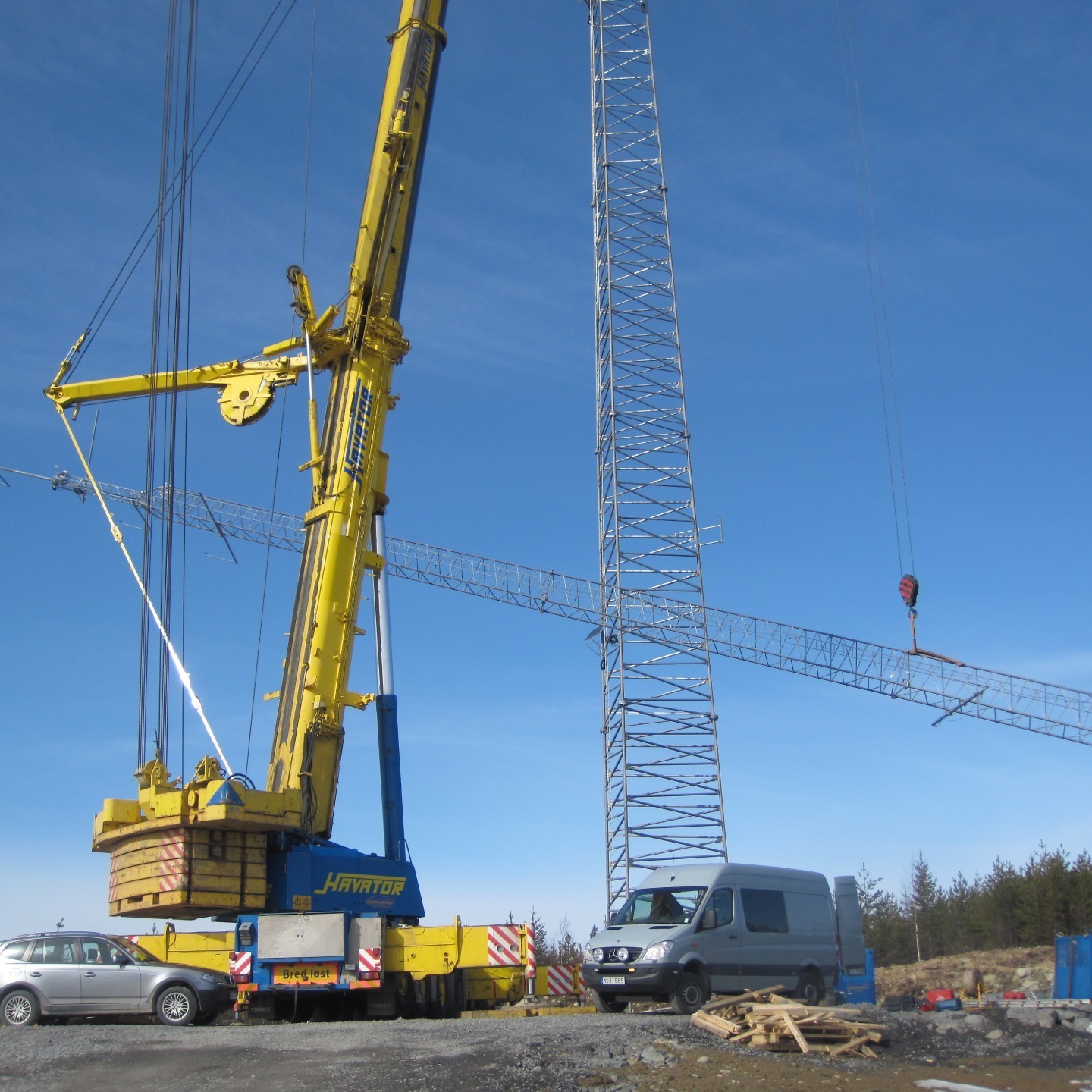
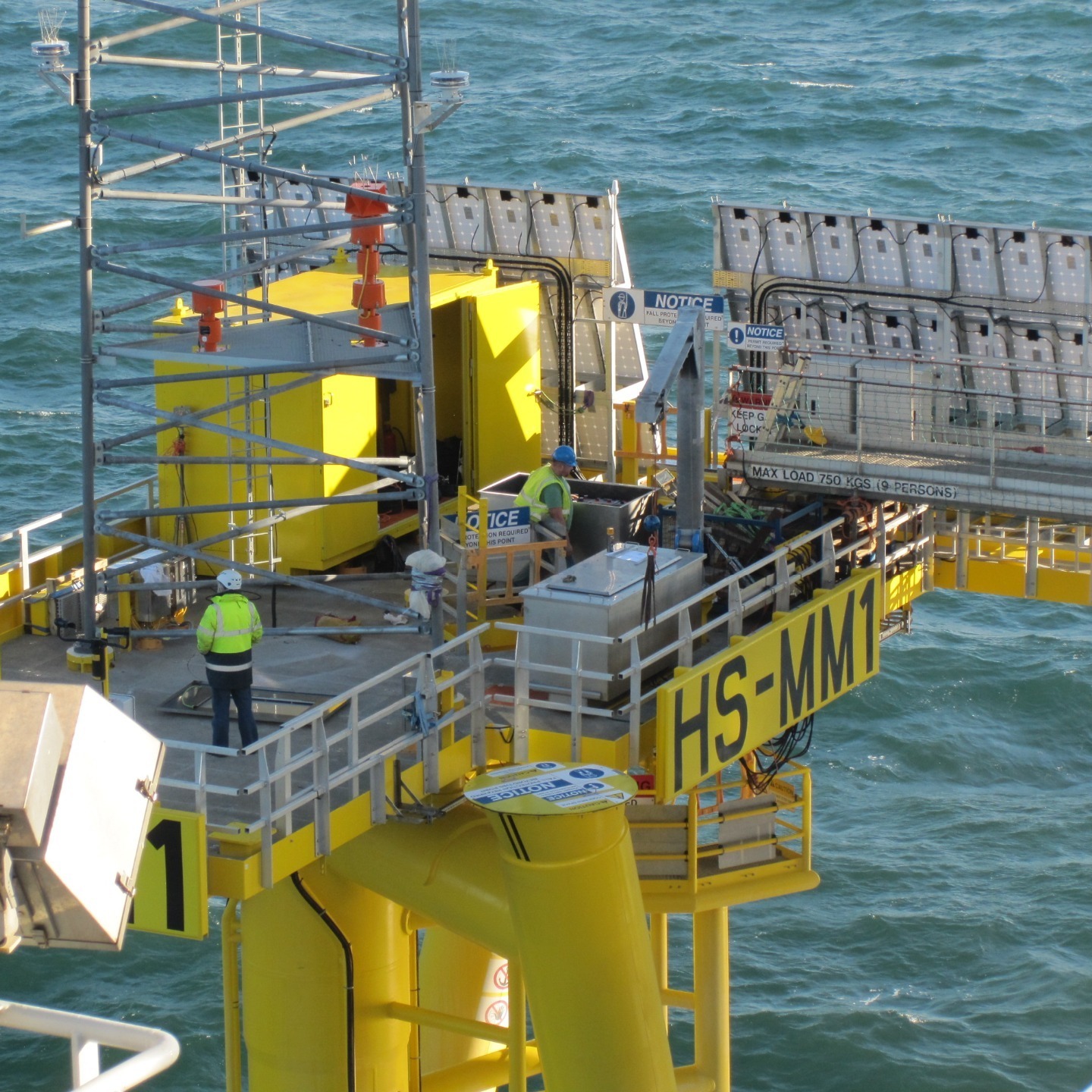
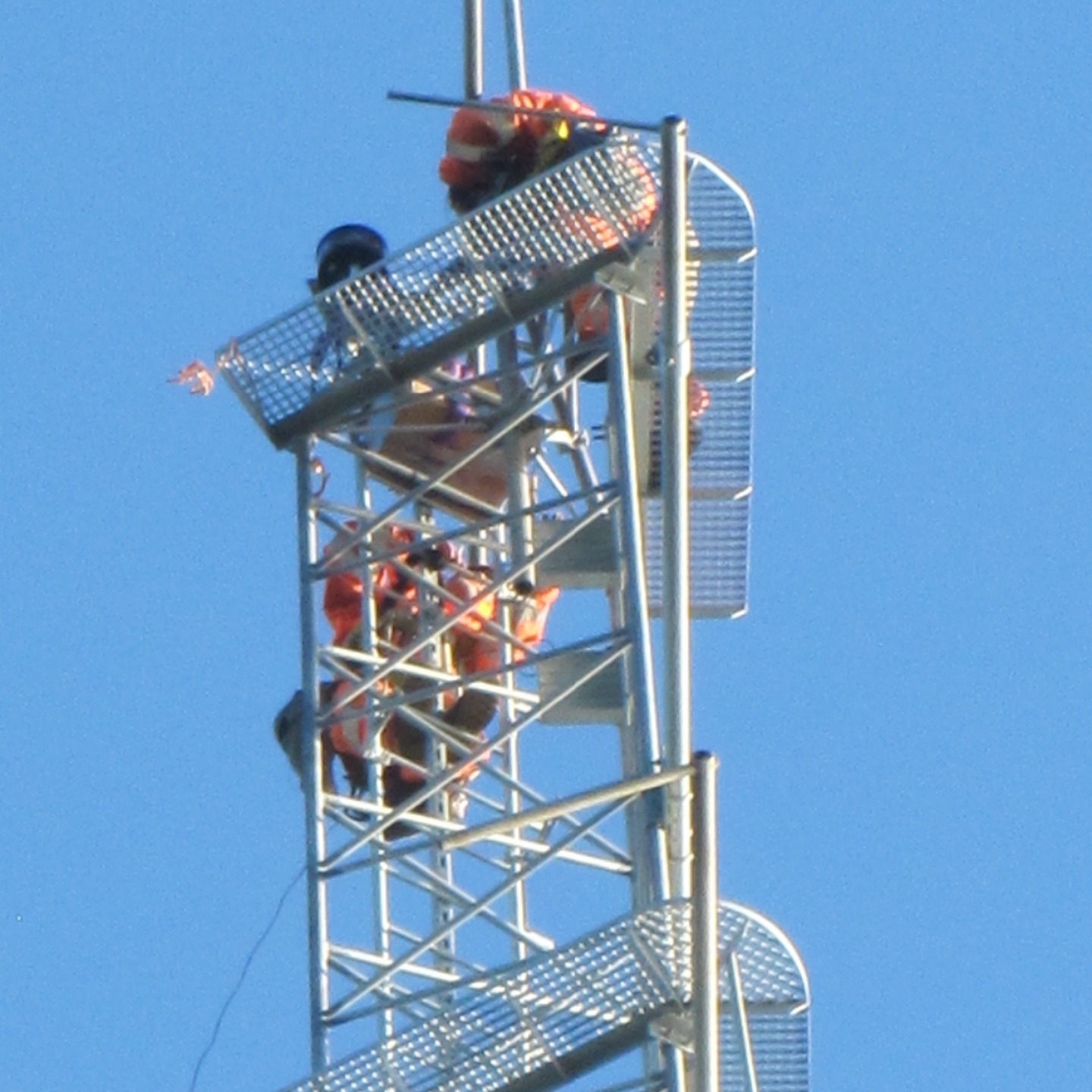
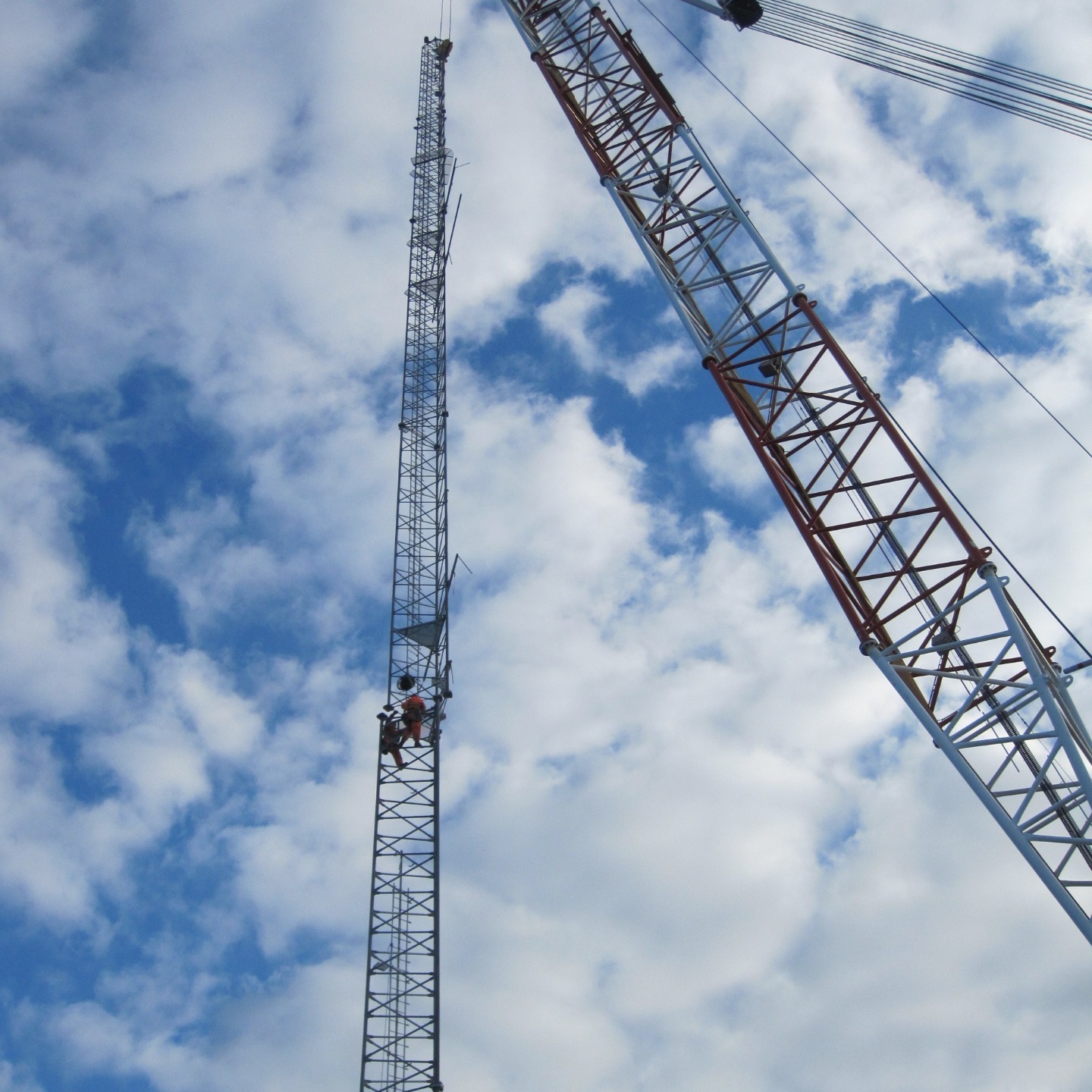
On-Shore Meteorological Towers (MET- Masts)
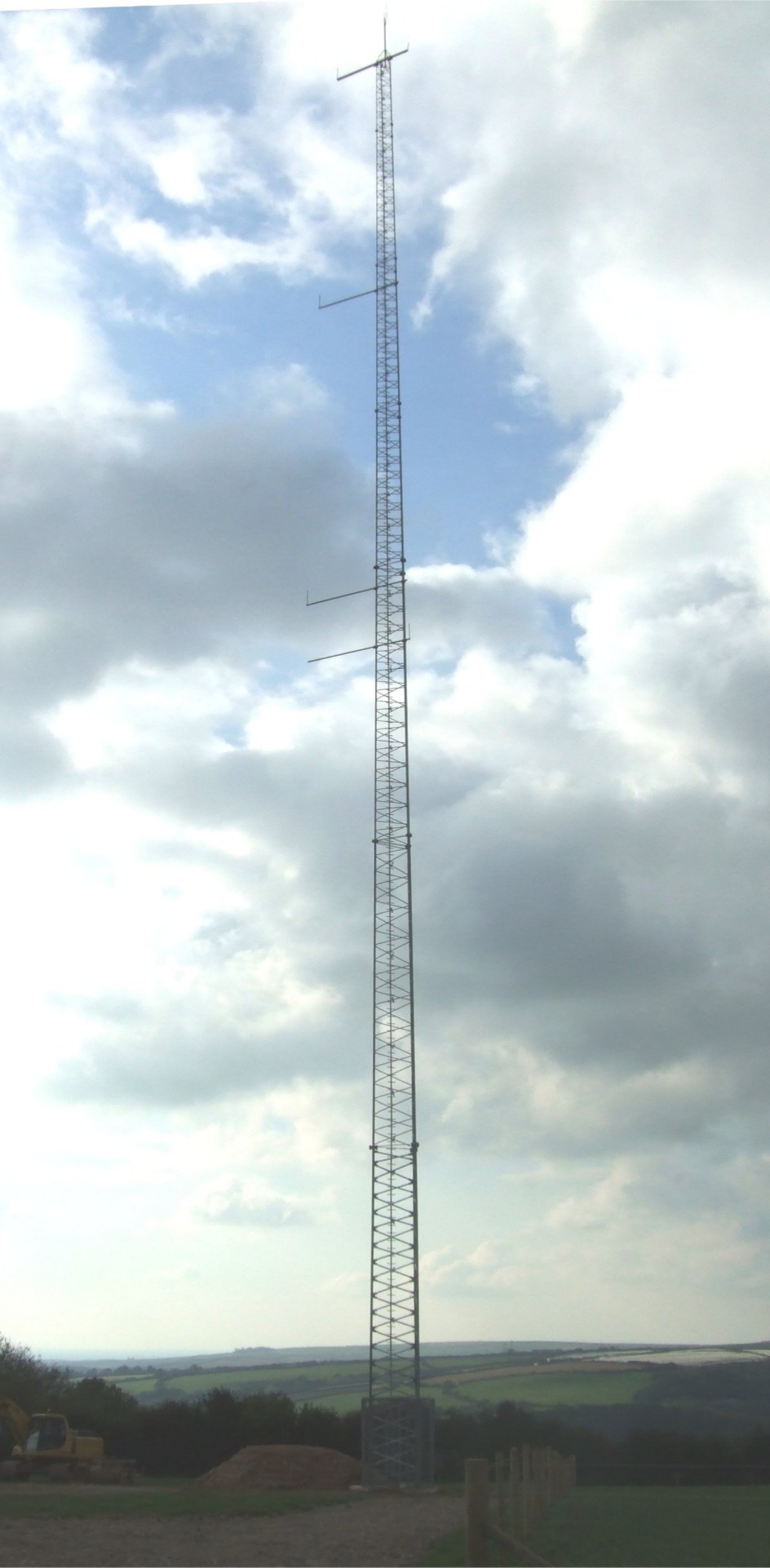
For the onshore wind renewables sector, we supply both self-supporting met towers, Series met and guy-wire masts, Series B450 and B600. Towers are predominately of triangular lattice construction; however, we also provide a square tower family, BF600K all depending on clients requirement
Mast and towers are fixed to a foundation base (supplied by us) can be imbedded in a concrete, raft or timber (sleepers) based. Most self-supporting met towers are assembled on the ground and lifted into place in one action using a mobile crane. A second, smaller crane, is usually used to off-load the mast from the delivery lorry and manoeuvre the sections during assembly.
Guy-wire masts can be erected a section at a time with the help of a crane or by using a ‘jib stick’ to hoist the sections into place alternatively a helicopter lift.
We are often asked to supply additional equipment, sometimes of a bespoke nature, for use on the tower, platform or even on the seabed! We provide, install and commission every type of instrument and, if required, carry out high precise wind vane alignment, specifically welcome for turbine array optimisation
Off-Shore Meteorological Towers (MET- Masts)

2 different tower series are available for offshore applications, Series S and Series MET, determined by the type of platform/foundation used and environmental conditions from wind and wave in combination.
Below show’s samples of each type, deployed in UK, Irish, German, Danish and Swedish waters. Both tower series can be configured to comply with IEC 61400-12-1 Ed 2 for power performance applications or for prospecting/wind assessment prior to wind farm investment and build.
Both tower families are subject to fatigue analysis in combination with input from platform designer and met-ocean data.
